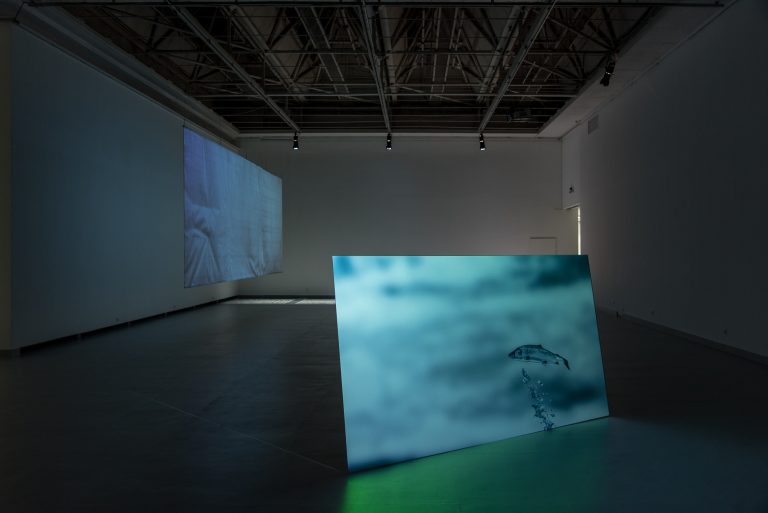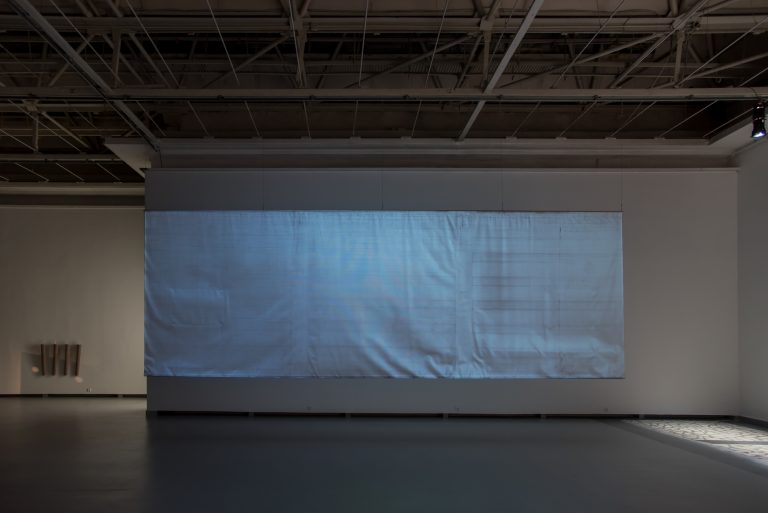
“Shallow, Quick and not yet Titled” is the inaugural show of a new, yearly cycle of “JCDecaux Award” exhibitions. The title of the exhibition refers to the impulse to name a particular phenomenon or thing, which we do not recognise immediately. In these situations, we rely on our first impressions that relate not to its name or what it is, but to a spontaneous reaction where, due to a lack of words, we use something like a wedge to close the gap produced by a breach in language.
This exhibition represents a field of new experiences, thereby running into its own problem of a search for identity. First of all, this is the first time that the CAC has worked in partnership with a private business. For the majority of the artists in the show, it is also the first time they have worked with the CAC. For the curators, it is their first encounter with the genre of award exhibitions.
On the other hand, most of the works being shown in the exhibition have, in one form or other, already been in existence. They have been seen in the halls of the Vilnius Art Academy, on computer screens, or in previous exhibitions. Nevertheless, when the artists where invited to re-present these works, they were asked to consider them anew by paying close attention to the exhibition space – the history and the specific style of architecture of the CAC building and its Northern Hall. The works, therefore, acquired new elements of meaning, often spreading in unexpected directions.
The exhibition architects, Petras Išora and Ona Lozuraitytė, were highly attentive to the cyclical nature of the institution’s work and the constant need to return the exhibition halls to their original condition after each exhibition with as little damage as possible. In response to this, they left all signs of previous damage that reflected the building and the institution’s journey through time and their many identities. The bare construction of the Northern Hall’s ceilings creates an ambivalent situation – on the one hand, it opens up the content of the exhibition space, but on the other hand, it oppresses the space with its optical noise. In this way, they try to show the institution the way it is today: an increasingly nomadic and international space. Once, almost the only gateway to the West for contemporary art in Lithuania, now, although still important, it is only one of many bridges artists may cross in their careers. The architects try to reconsider the prismatic quality of exhibitionism in the genre of art exhibits, setting works in opposition to each other and clarifying not only how the institution affects contemporary artists but how these artists affect the institution.































